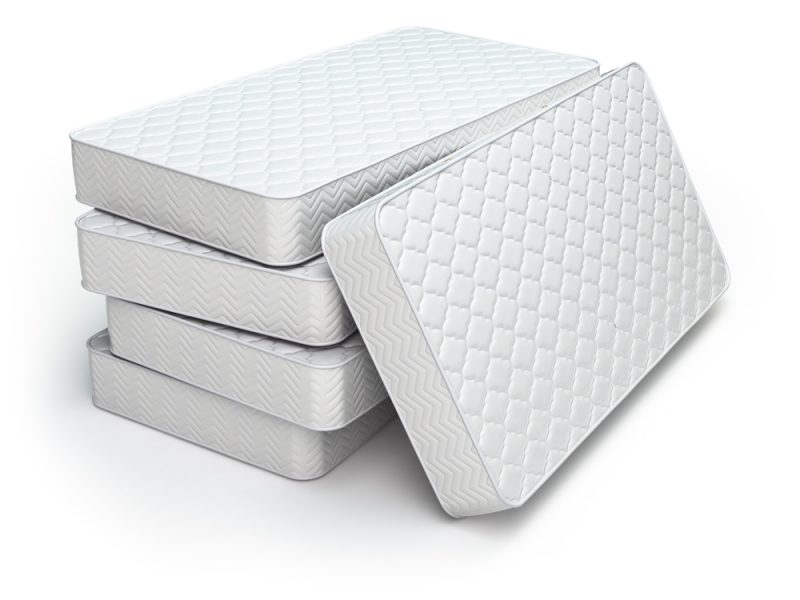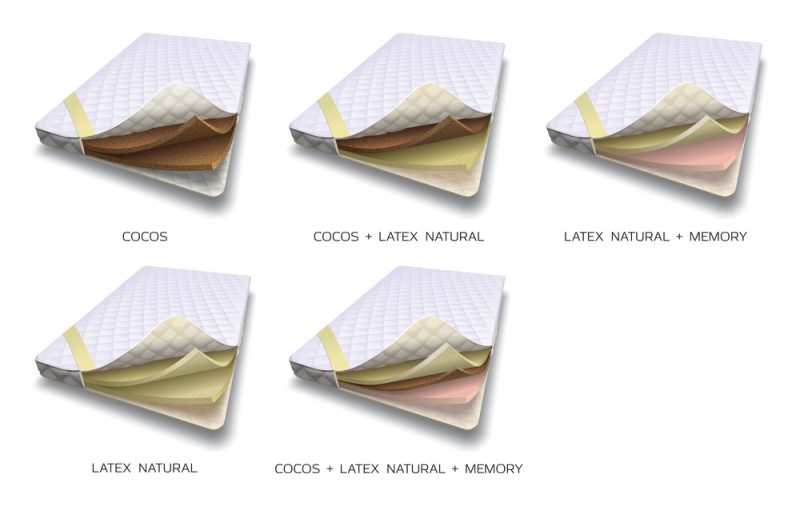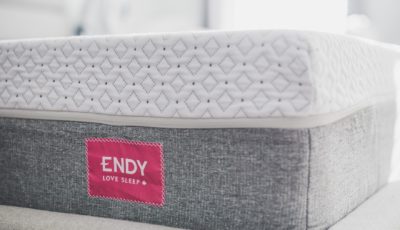Several Essential Facts About Manufacturing of Latex Mattresses
Latex mattresses are one of the most common and widely used types of mattress that have been in use since the 1950s. They can be considered healthy and completely safe mattresses since they contain the organic element latex that is taken out from the sap of the rubber trees. The sap is then processed in the latex mattress factory before delivering them in the shops. Usually common mattresses are made from different chemical materials such as gel foam or memory foam that tends to react with the body temperature. These latex mattresses can be considered as one of the most eco-friendly and healthy mattresses since they are made from organic material.
Manufacturing of latex mattress
Latex is a natural product acquired from several latex-bearing trees. It is basically the milky substance that tends to flow from the several holes in the trees. The latex is then taken to the latex mattress factory for manufacturing of the mattresses. Then several steps are followed for purification of the latex and formation of the mattresses.
- The natural latex is purified in the factories. It can contain up to 60% solid rubber along with about 1.5% compounds such as carbohydrates, phospholipids, protein and other amino acids.
- Then latex foam is made with the help of Potassium Oleate which is usually added for stabilizing the mixture. It prevents the foam which is still in mold state from coagulating. The soap allows the latex mixture to foam up which is later whipped.
- Then Sulphur is added to the mixture when it is compounded for vulcanization of the latex. The Sulphur prevents the foam from behaving like a chewing gum by providing resilience.
- The Sulphur atoms get attached to latex polymer chains which allow them to bond which would in turn make the polymers cross-link. This makes the polymers to get attached to each other and get intertwined. This gives the latex resilience and elasticity.
- There are two common processes that are followed for making latex foam which are as follows.
The Dunlop process: Here some trace ingredients and soap are mixed with the latex.
- The mixture is whipped for introduction of air which in turn makes it foamy.
- Then the mixture is poured into the mold with the help of machines.
- Several chemical catalysts and Sulphur are added which helps the latex polymers to harden and cross link.
- Then the foam is heated at about 350 degree Fahrenheit which allows it to mold.
- There are numerous pins that help it to cool and heat the foam since latex is not a good conductor of heat.
- The pins help in creation of the holes. Then the foam is removed, and the mold is washed and dried.
- Finally after it is dried completely it can be used for making mattresses.
The Talalay process: This process is quite similar to the previously mentioned one except for a few specific differences, which have an impact on the end product.
- Here after the latex is sealed in vacuum after it is mixed, whipped and poured into the mold.
- Sometimes bubbles get formed since the whipping gets expanded during this process.
- The foam is then flash frozen.
- However, after this step the process is similar to the Dunlop one.
- Here the foam is slightly softer than the former one since the foam has larger bubbles of air that are created due to freezing and vacuuming.
Types of latex mattress
There are numerous types of latex mattresses that are manufactured in the latex mattress factory. The common types are as follows.
- Natural latex foam mattress
- Natural latex mattress
- Latex pincore mattress
- Natural latex Rubberized Coir mattress













